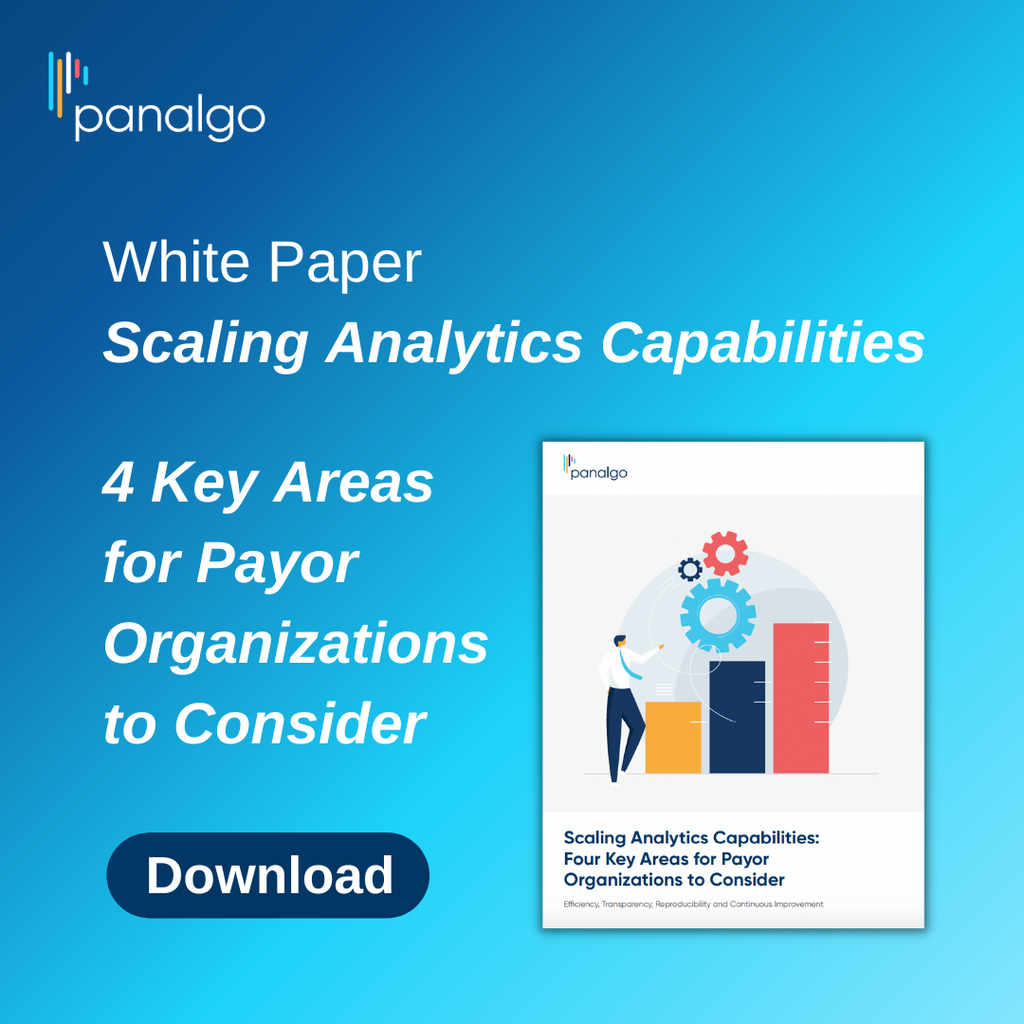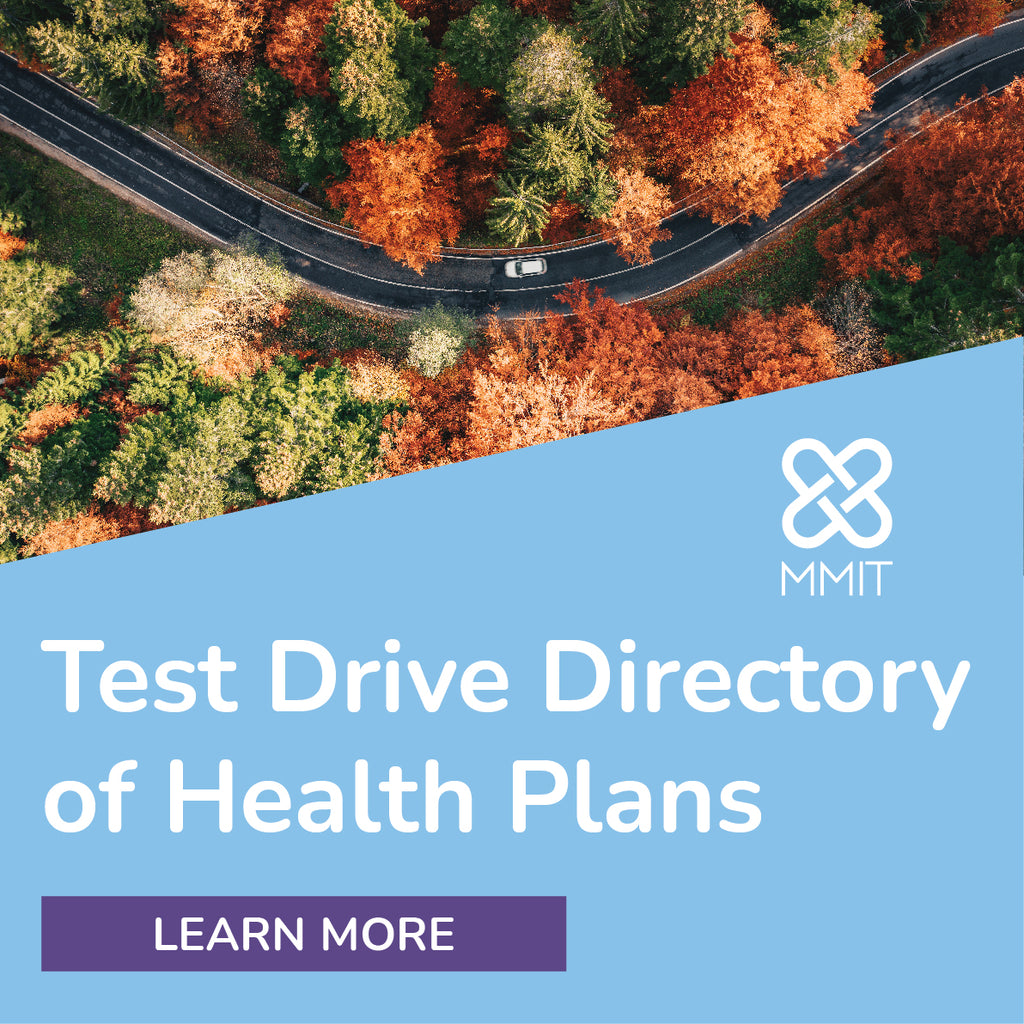Radar on Drug Benefits
-
States Pass More PBM Laws, Including Copay Accumulator Bans
PBMs have drawn more attention than ever from state officials responding to the steep cost of prescription drugs. As federal efforts to manage the rising cost of medications have stalled, state lawmakers across the country have considered hundreds of bills that affect PBMs, ranging from prescription drug affordability boards to banning copay accumulators.
The National Academy for State Health Policy (NASHP), a think tank and policy group, identified 118 bills introduced to state legislatures across the country that would change PBM regulations during 2022 sessions. In addition, NASHP found state legislators nationwide have introduced 44 bills that would reform drug coupons, including bans on copay accumulators and maximizers. That follows more than 100 laws passed since 2017 by state legislatures, according to a June 2021 NASHP blog post.

-
Many Medicare Enrollees Can’t Afford Cancer, Specialty Drugs
Large numbers of Medicare beneficiaries who are ineligible for low-income subsidies and have been prescribed high-price prescription drugs for conditions such as cancer don’t initiate their treatment, likely because they can’t afford it, according to new research published in Health Affairs. One of the study’s authors tells AIS Health that severe illness is a possible outcome of noninitiation in the studied clinical areas and adds that proposals under consideration in Congress to cap out-of-pocket spending for Medicare beneficiaries would make a big difference to the affected patients.
According to the paper, “among beneficiaries without subsidies, we observed noninitiation for 30 percent of prescriptions written for anticancer drugs, 22 percent for hepatitis C treatments, and more than 50 percent for disease-modifying therapies for either immune system disorders or hypercholesterolemia.”

-
BCBS of Michigan Launches Precision Medicine Pilot Program
Blue Cross Blue Shield of Michigan last month launched a precision medicine pilot program for 500 of its Medicare Advantage HMO members who also have pharmacy benefits. Experts say the move is becoming more common among payers as they look to reduce their medication spending and improve clinical outcomes in high-risk groups.
The program, Blue Cross Personalized Medicine, is using pharmacogenomics (PGx), or genetic testing, to help identify how people respond to certain medications and offer specific treatment recommendations based on their genetic makeup. Its aim is to help BCBS of Michigan manage high drug costs and give its members tailored, cost-effective and clinically relevant care while also decreasing adverse drug reactions.

-
News Briefs: Express Scripts Wins Anthem Lawsuit
The long-running lawsuit between Anthem, Inc. and Express Scripts — over whether the PBM now owned by Cigna Corp. overcharged Anthem for prescription drugs — has finally concluded. Anthem first sued Express Scripts in 2016, alleging primarily that the PBM failed to honor its contractual agreement to provide “competitive benchmark pricing” for prescription drugs and thus owed the insurer $14.8 billion in damages. Ultimately, Judge Edgardo Ramos dismissed most of Anthem’s claims, finding that the companies’ contract did not “obligate Express Scripts to provide competitive benchmark pricing, but merely to negotiate in good faith in the event that Anthem’s market analysis shows non-competitive pricing.”
-
As Major Drug Price Reforms Stall, Focus Shifts to Insulin Costs
The Senate Finance Committee held a hearing on March 16 in which politicians and experts discussed drug price inflation and the proposal for Medicare to negotiate prices for some high-cost medications. But the efforts in those areas still seem uncertain and most are unlikely to move forward anytime soon as they were part of the Build Back Better Act (BBBA) bill that stalled out in December, one health policy expert tells AIS Health.
Health insurers and PBMs, though generally supportive of lowering drug prices, have in the past been critical of some of legislators’ reform proposals — including a narrower focus on lowering insulin out-of-pocket costs that has emerged in recent months.












